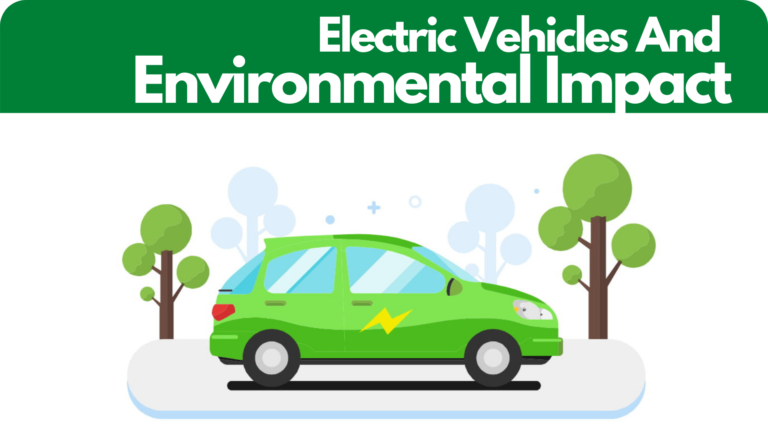Comparison with Global EV Markets: Insights from Canada and the USA
wordpress-Default June 27, 2024 0 COMMENTS
The electric vehicle (EV) market has seen exponential growth over the past decade, with countries around the world adopting various strategies to promote the transition from internal combustion engine vehicles to electric alternatives. Among these, Canada and the USA have shown significant progress, yet their approaches and achievements offer a distinct contrast when compared with leading global EV markets such as Norway, China, and the European Union. This blog delves into a comprehensive comparison of the EV markets in Canada and the USA with these global leaders, highlighting policies, adoption rates, infrastructure development, and future prospects.
Government Policies and Incentives
Canada and the USA: In North America, both Canada and the USA have implemented a range of policies to encourage EV adoption. The USA offers federal tax credits up to $7,500 for EV purchases, although these credits phase out after manufacturers sell 200,000 units. Various states also provide additional incentives, rebates, and tax credits. California, in particular, leads with aggressive policies promoting zero-emission vehicles.
Canada, on the other hand, provides incentives at both federal and provincial levels. The federal government offers rebates up to $5,000 for EV purchases, while provinces like British Columbia and Quebec offer additional incentives. Canada’s Zero-Emission Vehicle (ZEV) mandate aims for 100% of new light-duty vehicle sales to be zero-emission by 2035.
Global Leaders: In comparison, Norway is often cited as the benchmark for EV policies. The Norwegian government has eliminated import taxes, VAT, and road tolls for EVs while offering free parking and charging. This comprehensive incentive structure has resulted in EVs accounting for over 80% of new car sales in Norway.
China leads in terms of production and sales volumes, driven by substantial government subsidies, tax exemptions, and stringent regulations on fuel consumption. The Chinese government has also invested heavily in charging infrastructure and supports domestic manufacturers through incentives and favorable policies.
The European Union has implemented stringent CO2 emission targets, incentivizing manufacturers to produce EVs. Countries like Germany, France, and the Netherlands offer substantial subsidies, tax breaks, and investments in charging infrastructure. The EU’s Green Deal further emphasizes the transition to sustainable transportation.
Adoption Rates and Market Penetration
Canada and the USA: EV adoption in the USA and Canada is growing but at a slower pace compared to some global counterparts. In 2023, EVs accounted for approximately 5% of new car sales in the USA and around 7% in Canada. California continues to lead in the USA with over 15% of new car sales being EVs, driven by state-specific policies and infrastructure investments.
Global Leaders: Norway’s adoption rate is unparalleled, with EVs making up the majority of new car sales. This is a direct result of the aggressive incentives and policies in place for over a decade.
China, despite being the largest auto market globally, has seen EVs reach about 15% of new car sales. The Chinese market benefits from domestic manufacturing giants like BYD and NIO, which play crucial roles in both domestic and international markets.
In the EU, the adoption rate varies by country but is generally higher than North America. Germany and the Netherlands are leading with around 20% of new car sales being EVs, supported by strong government incentives and growing consumer awareness about sustainability.
Charging Infrastructure
Canada and the USA: The development of EV charging infrastructure in North America is progressing steadily. The USA has over 100,000 public charging points, with significant investments planned under the Biden administration’s infrastructure bill. The aim is to build a national network of 500,000 chargers by 2030.
Canada’s charging network, though smaller, is expanding rapidly with government support. Initiatives like Natural Resources Canada’s Zero-Emission Vehicle Infrastructure Program (ZEVIP) are funding the installation of EV chargers nationwide, with a target to deploy thousands of new charging stations by 2027.
Global Leaders: China boasts the largest public charging network globally, with over 2 million charging points. The government’s focus on infrastructure, combined with the world’s largest EV market, ensures rapid growth and availability of charging stations.
Europe is also making significant strides. The EU’s Alternative Fuels Infrastructure Directive mandates member states to develop comprehensive charging networks. Germany, France, and the Netherlands are leading with extensive charging infrastructures, including ultra-fast chargers.
Norway, despite its smaller geographic size, has an extensive and accessible charging network, including numerous fast chargers. This accessibility plays a crucial role in Norway’s high EV adoption rates.
Environmental Impact and Sustainability
Canada and the USA: North America’s transition to EVs is driven by a mix of environmental concerns and economic incentives. Both countries aim to reduce greenhouse gas emissions through increased EV adoption. The USA’s re-entry into the Paris Agreement underlines its commitment to reducing emissions, with EVs playing a crucial role in this strategy.
Canada’s climate plan targets net-zero emissions by 2050, with EVs as a cornerstone of this policy. Provinces like Quebec and British Columbia have set ambitious targets for EV adoption, further contributing to national goals.
Global Leaders: Norway’s EV policies are part of a broader sustainability agenda aiming for zero emissions from the transport sector. The country’s abundant renewable energy resources, particularly hydropower, ensure that EVs are charged using clean energy, maximizing environmental benefits.
China’s focus on EVs is also motivated by environmental concerns, particularly air quality in urban areas. The government’s push for renewable energy integration with EV infrastructure is a key component of its strategy to reduce pollution and greenhouse gas emissions.
The EU’s Green Deal emphasizes sustainable mobility, with EVs expected to play a significant role in achieving climate neutrality by 2050. European countries are investing heavily in renewable energy to ensure that EVs contribute to a significant reduction in carbon emissions.
Future Prospects and Challenges
Canada and the USA: The future of the EV market in North America looks promising with continued investments and supportive policies. Challenges remain, particularly in terms of scaling up charging infrastructure, ensuring grid stability, and reducing vehicle costs. However, advancements in battery technology, such as solid-state batteries, and increasing competition among manufacturers are expected to drive down costs and improve vehicle performance.
Global Leaders: Norway is likely to maintain its leadership in EV adoption due to its comprehensive policies and consumer incentives. The challenge will be to sustain growth as incentives are gradually phased out.
China’s EV market will continue to expand, supported by government policies, domestic manufacturing capabilities, and a growing middle class. However, the country faces challenges related to battery recycling and managing the environmental impact of battery production.
The EU’s cohesive strategy, backed by regulatory frameworks and substantial investments, positions it well for continued growth in the EV sector. The main challenges will be harmonizing infrastructure development across member states and managing the economic impacts of the transition on the automotive industry.
The comparison of EV markets in Canada and the USA with global leaders like Norway, China, and the EU highlights the diverse approaches and varying levels of success in promoting EV adoption. While North America has made significant strides, there are lessons to be learned from countries with higher adoption rates and more comprehensive policy frameworks. By leveraging these insights, Canada and the USA can further accelerate their transition to sustainable transportation, contributing to global efforts to combat climate change and reduce greenhouse gas emissions.








